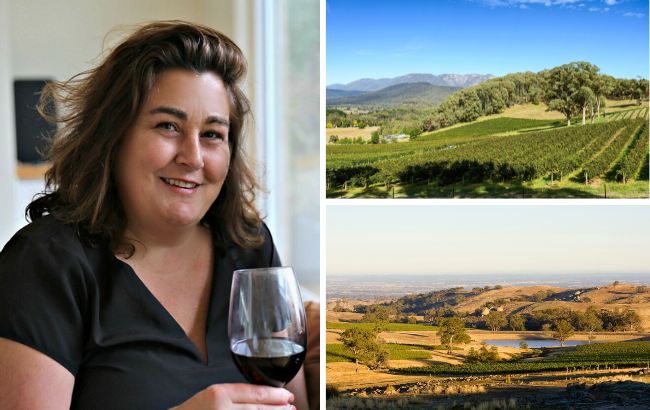Never mind the Malbec… Can Torrontés be great?
By Richard WoodardAcclaimed Argentinian winemaker Susana Balbo is “on a crusade” to persuade the wine world that Torrontés – the country’s emblematic white grape variety – is capable of producing fine wines with excellent ageing potential. Richard Woodard finds out more…
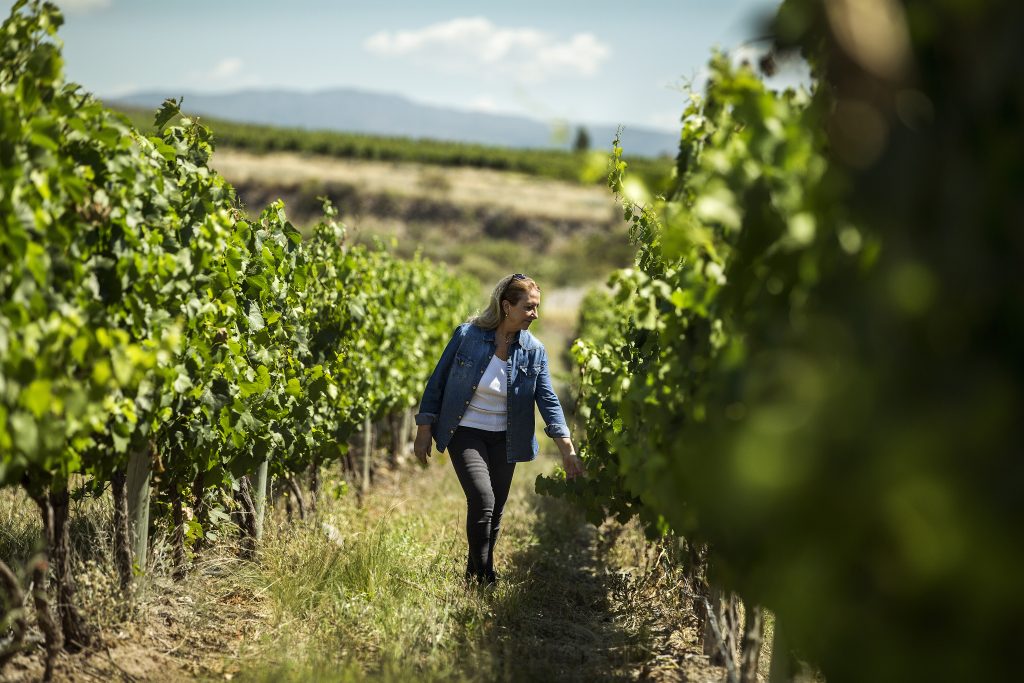
The numbers tell their own story: according to Susana Balbo, Argentina’s wine production is 87% red, and only 13% white – while her own winery has a more balanced split of 55/45. This is a winemaker who is convinced that the country can make world-class white wines, with Torrontés leading the charge.
“When people think about Argentina, they immediately associate it with red wine, Malbec, blah blah blah,” Balbo says. “But sometimes there is a mis-appreciation of Torrontés. I think there is huge potential if we work properly with the variety. And we are not afraid to try new things with the variety, because every time we did, we have been pleasantly surprised.”
The “new things” have helped Balbo to create a highly diverse range of Torrontés wines, from zero and low-alcohol offerings to a natural sweet wine, a high-end orange wine (Torrontés de Raíz Naranjo) and a white blend with Semillon and Sauvignon Blanc.
Then there is Crios (a 50/50 blend of Cafayate and Mendoza fruit) plus, at the upper end, Susana Balbo Signature Barrel Fermented Torrontés and the newest addition, Susana Balbo Signature Limited Edition Blanco de Gualtallary.
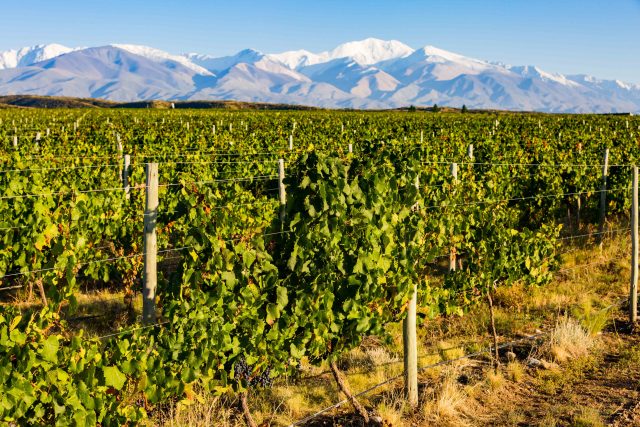
Balbo’s association with Torrontés dates back more than 40 years to her arrival in Cafayate in 1981 (many of the wines she found there were “terrible”, she admits). She spent 10 years in the north, making Torrontés with those signature Muscat-like flavours thanks to high temperatures (24-26C during harvest) tempered by the effects of altitude, with vineyards planted at 1,600m and above.
What would happen, Balbo wondered, if you changed the vineyard location and selected the right planting material? Back in Mendoza in 2003, she sourced cuttings from one vineyard in particular in Cafayate, where the berries were smaller and the clusters looser (Torrontés is especially prone to botrytis).
These were planted in 2005 in the paraje of Altamira in the Uco Valley, where conditions offer a powerful contrast with Cafayate: limestone/calcareous soils with a lower pH compared to the sand of the north, 1,200m of altitude, average temperatures around 20-22C. Harvest time in Cafayate (mid-March) is almost a month ahead of Altamira.
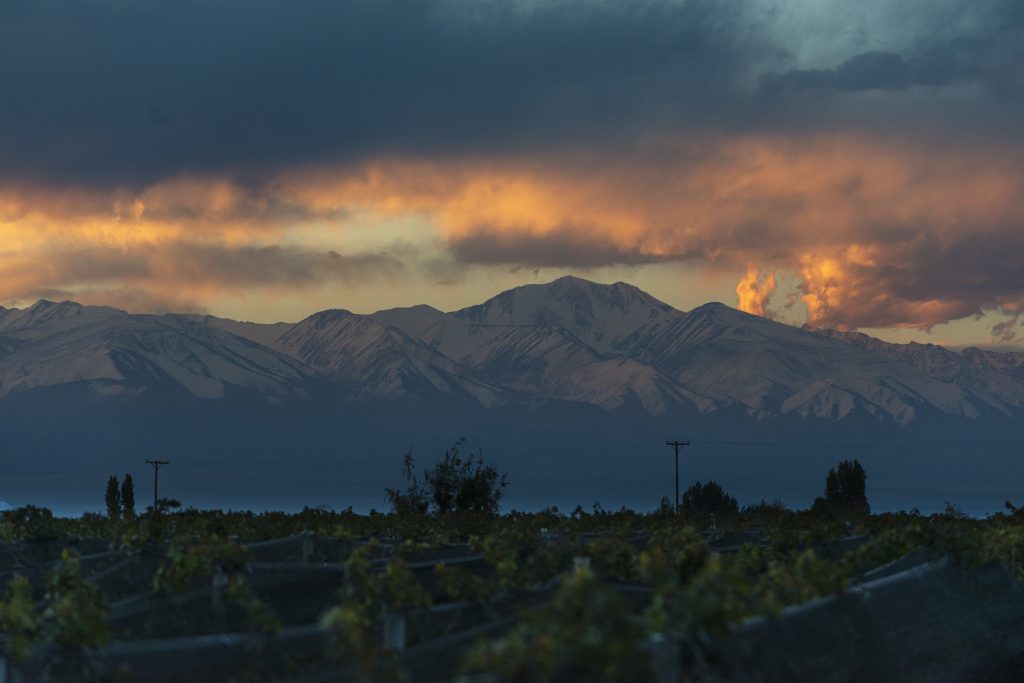
Over the years, Balbo has learned to manage yields carefully. Left to its own devices, Torrontés can produce 30-40 tonnes per hectare (t/ha) in eastern Mendoza; removing shoots and clusters in mid-December keeps yields at Altamira down to about 8t/ha. It also helps the grapes to ripen in the much cooler conditions.
The result is something, says Balbo, that people struggle to identify as Torrontés in a blind tasting, with a flavour profile edging into herbal territory, alongside a leaner citrus, rather than tropical, fruit character – sometimes mistaken for Viognier or Grüner Veltliner. It is also a wine, she believes, that has considerable ageing potential.
Nowhere is this more apparent than in the Signature Barrel Fermented Torrontés line, with back vintages still showing considerable vibrancy several years in. This is aided by an innovative method of toasting the barrels using hot air, rather than fire, which aims to deliver texture and breadth, rather than overt oak flavours. “The contribution of the oak is for the mid-palate and the finish, but you don’t feel the oak in the wine,” says Balbo. “Torrontés is naturally bitter, but I wanted more balance and better mouthfeel without becoming too bitter.”
Partner Content
The Signature wines are highly expressive of vintage variations in these relatively cool conditions, from a cold year like 2021 (which weighs in at only 11.5%) to a “perfect” growing season like 2019. They’re priced at about £20-25 in the UK – ambitious enough for Torrontés – but Balbo’s newest baby, the limited edition Blanco de Gualtallary, is set to hit new heights at about £80.
“Gualtallary is a very special place because, within 17km, you are coming from Winkler 1 to Winkler 3 [in climatic terms] – in France, it would take you 700km,” says Balbo. “Everybody wants to be there, but there is no more available land.”
Here, at an altitude of 1,300m, Balbo has grafted over old Chardonnay vines to Torrontés, with 2021 the first commercially available vintage. The site, she says, is “very cold”, but faces north and east for morning sunlight, and has highly calcareous soils.
These Uco Valley wines have reinforced Balbo’s belief in the variety’s potential. “Now we are going to keep more wines in our cellar because the ageing is fantastic,” she explains. “I want to show the world that Torrontés is a wine that deserves to be in people’s minds as a grape of very high potential from Argentina. You know for me it’s a kind of crusade today.”
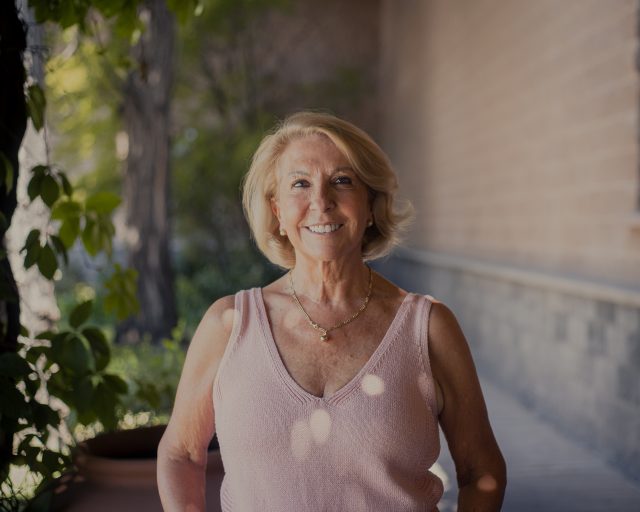
This was apparent, she adds, even in earlier Altamira vintages – recalling 2013, which wasn’t released because Balbo felt the barrel toasting was a little too high. “I tasted it six years later and I was amazed, because the oak was gone and I could see the potential and the quality. So you could use a higher toast, but you would have to wait five years to sell the wine – no way of doing that with 150% inflation.”
Now Balbo is pushing the envelope further, planting Torrontés at an extreme altitude of 1,600m in the Uco Valley’s San Pablo GI. She admits that she’s “not sure” if it will ripen, but is hopeful that cutting yields right back will help.
Balbo’s Torrontés crusade would acquire more momentum, of course, if other producers were willing to join her cause. She’s not altogether convinced that they’re doing so, but mentions that Catena Zapata winemaker Alejandro Vigil has now also planted Torrontés in Gualtallary.
So maybe things are changing? “It will take time,” says Balbo, “and there’s not much land available in nice places.” Be that as it may, you don’t get the sense that Susana Balbo is going to give up on Torrontés, or white wine from Argentina, any time soon.
Susana Balbo’s wines are distributed in the UK by Enotria & Coe.
Related news
The top performers from The Global Wine Masters 2024




